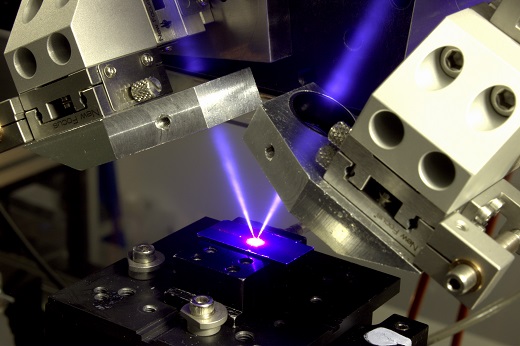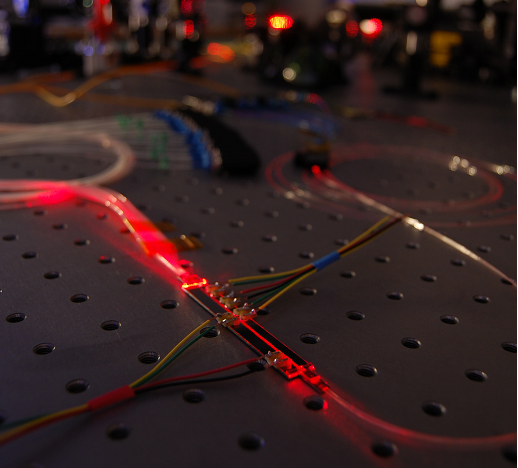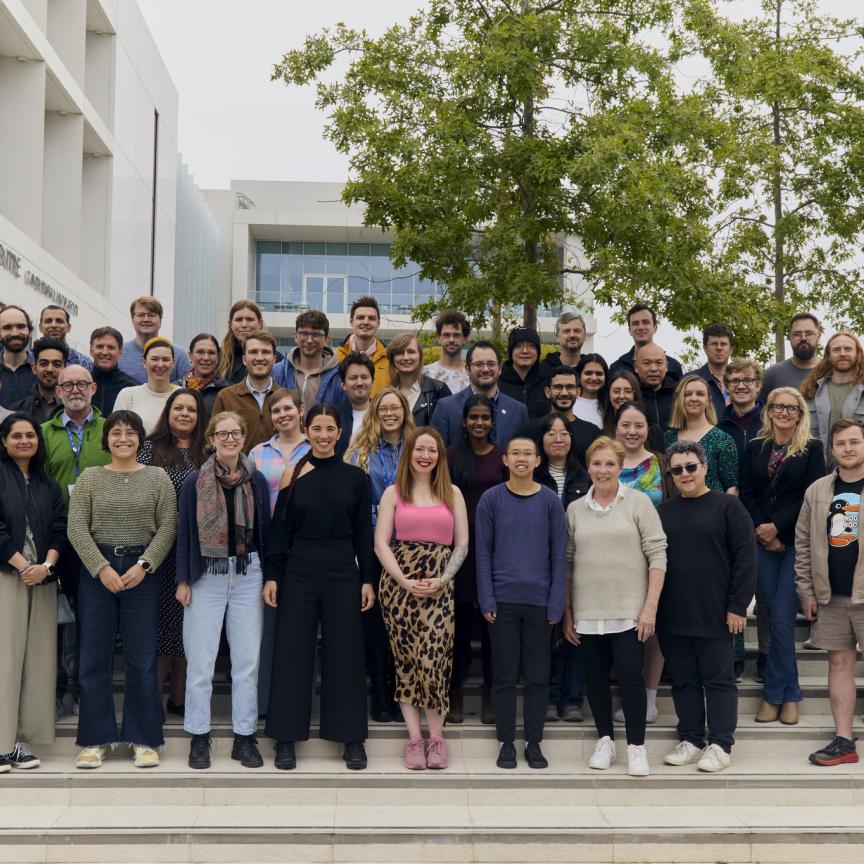With demand already present, Dr Paul Gow, research fellow at the Optoelectronics Research Centre, University of Southampton, highlights the importance of getting quantum technology out of the lab
The dawn of a quantum revolution is coming. As soon as a scaled quantum computer is developed, it will be able to run complex simulations and calculations that would take a standard computer years to complete in just seconds. It could also crack the commercial encryption we currently use, leaving our data vulnerable. However, this huge risk also brings with it a solution, quantum encryption, which uses the laws of physics to encrypt our data and make it unbreakable.
Even with the recent improvements in quantum computation, such as the superconducting 72 qubit ‘Bristlecone’ processor from Google’s quantum AI lab, a truly universal quantum computer may still be a long way off. What may be equally interesting as the quantum computer itself are the technological leaps that are necessary to engineer one. The technology being developed for quantum computing also finds further applications in other quantum devices. Quantum science not only promises faster, more secure communications, but also improved sensing capabilities, highly accurate measurements and enhanced imaging.

Demonstrator of a quantum entangler system being built as part of the NQIT quantum hub. Credit: ORC Southampton / Dr Paul C Gow
Yet, in the same way that space travel brought us cordless tools, memory foam and the computer mouse back on Earth, the quest for a quantum computer could broaden the horizons of many other fields. Currently, these advances remain behind closed doors in the research and development departments of universities and commercial entities, but it is important to begin to bring the technology out of the lab and on to the shelf.
Supply and demand
The main backbone of current quantum systems relies on the development of new and improved lasers, materials, electronics, and communications technology. These are also required components for many other fields and uses. For instance, new laser sources and materials can find application in the aerospace and manufacturing industries. Improved sensors and electronic systems can be used for entertainment and animal health monitoring. Quantum optical technology can even help to reduce CO2 emissions, as it can be made smaller and lighter than existing electronics. Many areas are already beginning to see the benefits of using quantum technology, and significant commercial demand for this emerging tech is predicted in the near future. There is a real sense of excitement around the development of quantum technology (QT) applications, and that is clear from the foundation of many quantum tech start-ups (such as ID Quantique, Optalysys, Qubitekk) and venture capital funds. This bonanza of funding is very much targeting the future of the applications highlighted here.

UV writing setup in the ORC lab that uses a UV laser to write photonics devices
While potential applications are clear, most of these technologies are still in their embryonic phase in research labs and have yet to see commercialisation. With the steady growth of QT companies and a future that looks set to be quantum in nature, it is important to begin bringing this technology to market in order to provide long term support to this growing sector – for example, by creating a supply chain of components and materials. This is clear from a recent Innovate UK funding call to ‘Commercialising quantum devices – innovation R&D’. However, as well as the need for a supply chain for the current research community, it will also be necessary to develop the industrial capacity to support the production of the first quantum products once the technologies are market ready. In addition, further support is required for graduate startups, spin-outs from research labs and upscaling of current QT companies to begin supplying this technology to a market that is already providing the demand.
‘As reported in The Economist in 2017, McKinsey [a consultant firm] estimated that 7,000 people were engaged in Quantum Tech research in 2015, with a combined budget of $1.5 billion, and that is clearly growing rapidly,’ commented Peter Smith, Professor at the Optoelectronics Research Centre (ORC), University of Southampton, UK. ‘While $1.5bn is a small market compared to the electronics or automotive industry, it is a worthy target in its own right for companies wishing to start developing their first commercial products.

A chip written with a UV system, being used in the ORC lab
‘If we start to see the deployment of QT within communication, computing or sensing, we must anticipate that the accessible market could grow many hundreds of times larger – making quantum technology one of the most exciting and potentially lucrative technology spaces.’
Smith’s own spin-out, Covesion, supplies nonlinear optical components into just such a market.
People pipeline
It is not just the technology itself that demands support. In universities there is a growing base of QT experts performing daily research and developing these future products. With the competitive nature of academia, it is important to provide places for these people to apply their unique skills. They are a key component to forming a people pipeline in the quantum industry to continue to develop and deliver components to the various fields that can utilise this technology – and which will clearly include optics, optoelectronics, superconductors, cryogenics, packaging and many more. Building a supply chain to support the development of quantum tech will also open up opportunities in new companies and start-ups where this wealth of knowledge can be employed. While the greatest wins may be in the end-applications, it is clear the R&D market is already providing sufficient opportunity to attract real players.
The future is bright, but without beginning to form a concrete supply chain, we may be restricting the quantum leaps that can be achieved, and anyone slow to engage may find themselves missing out.


